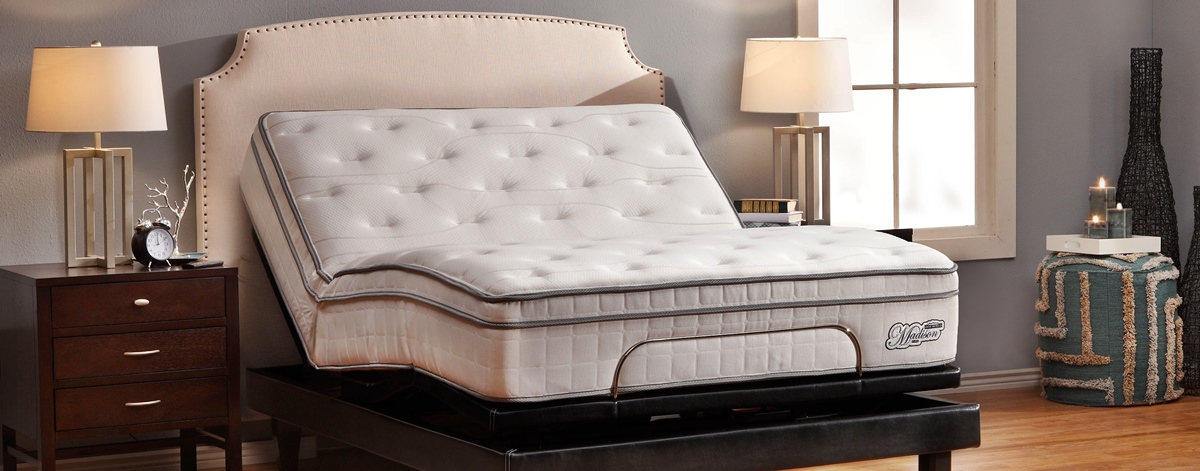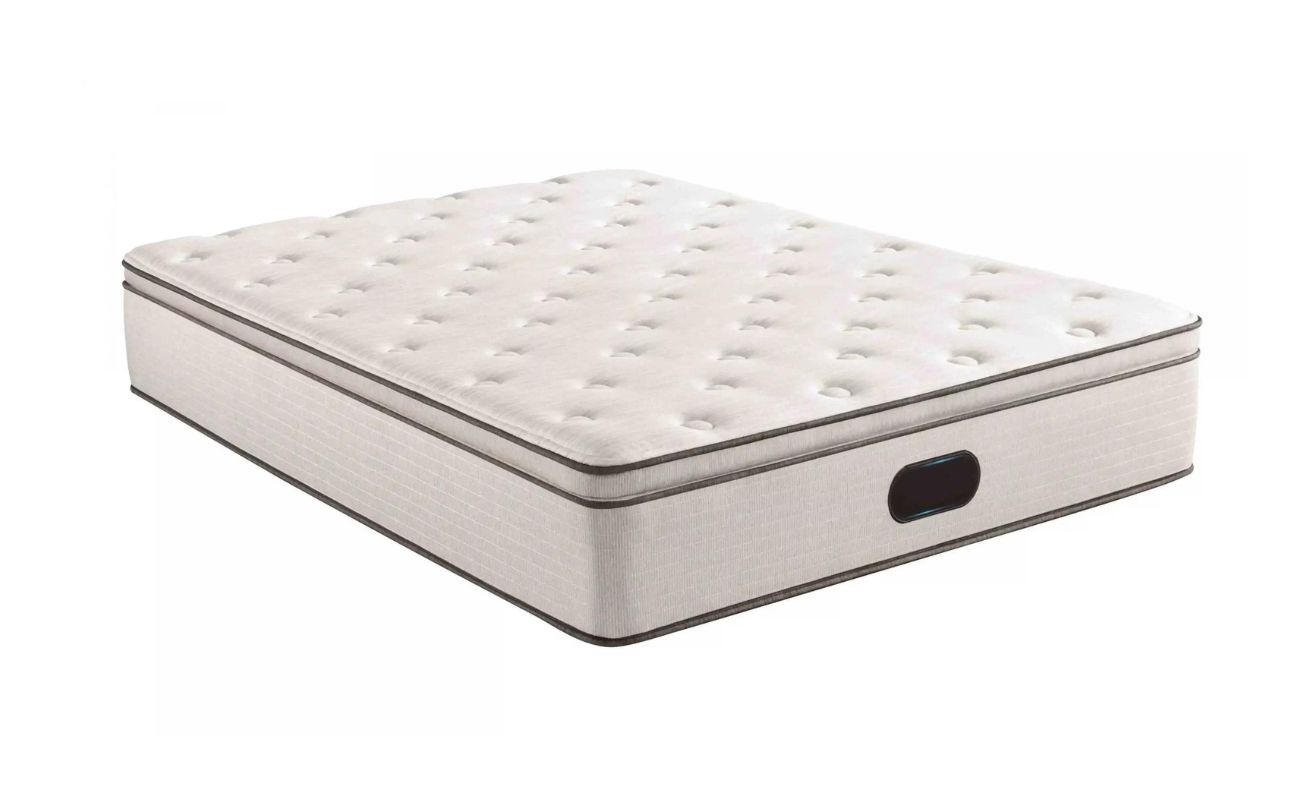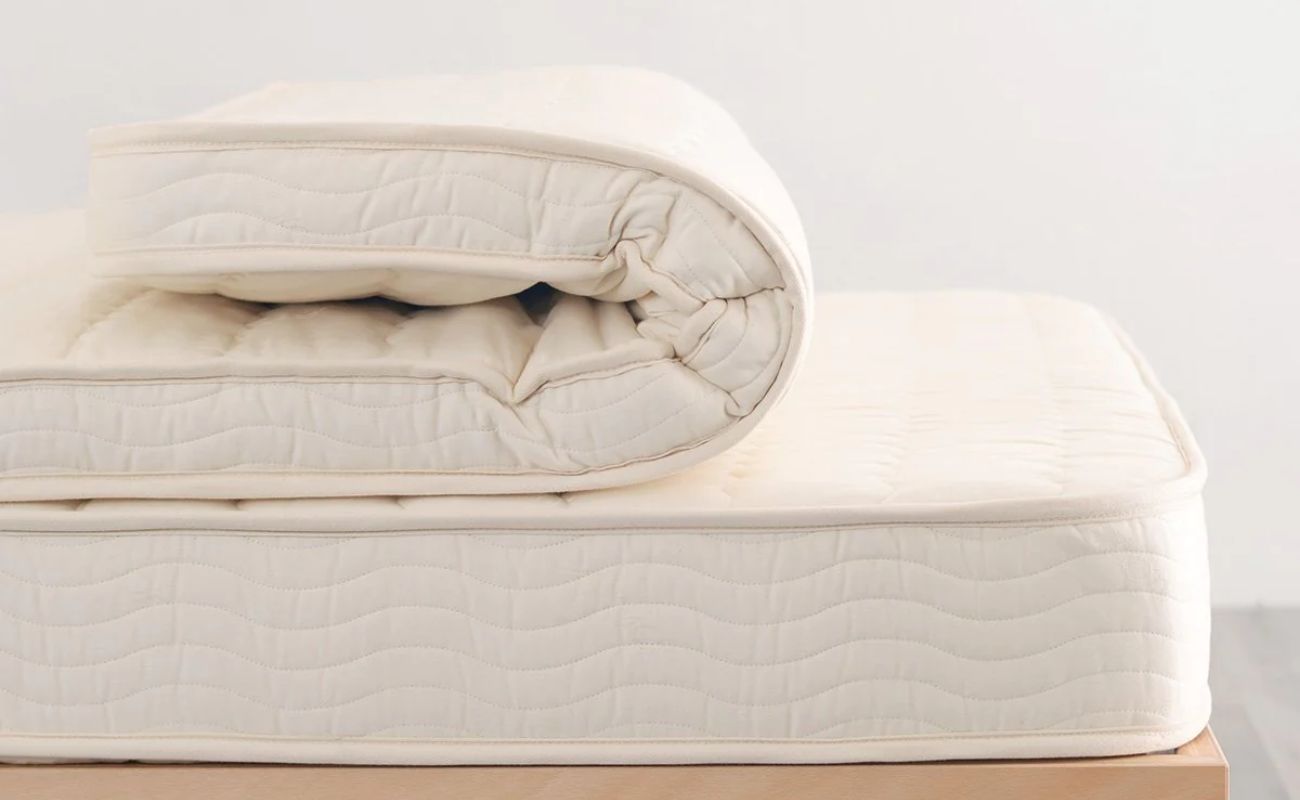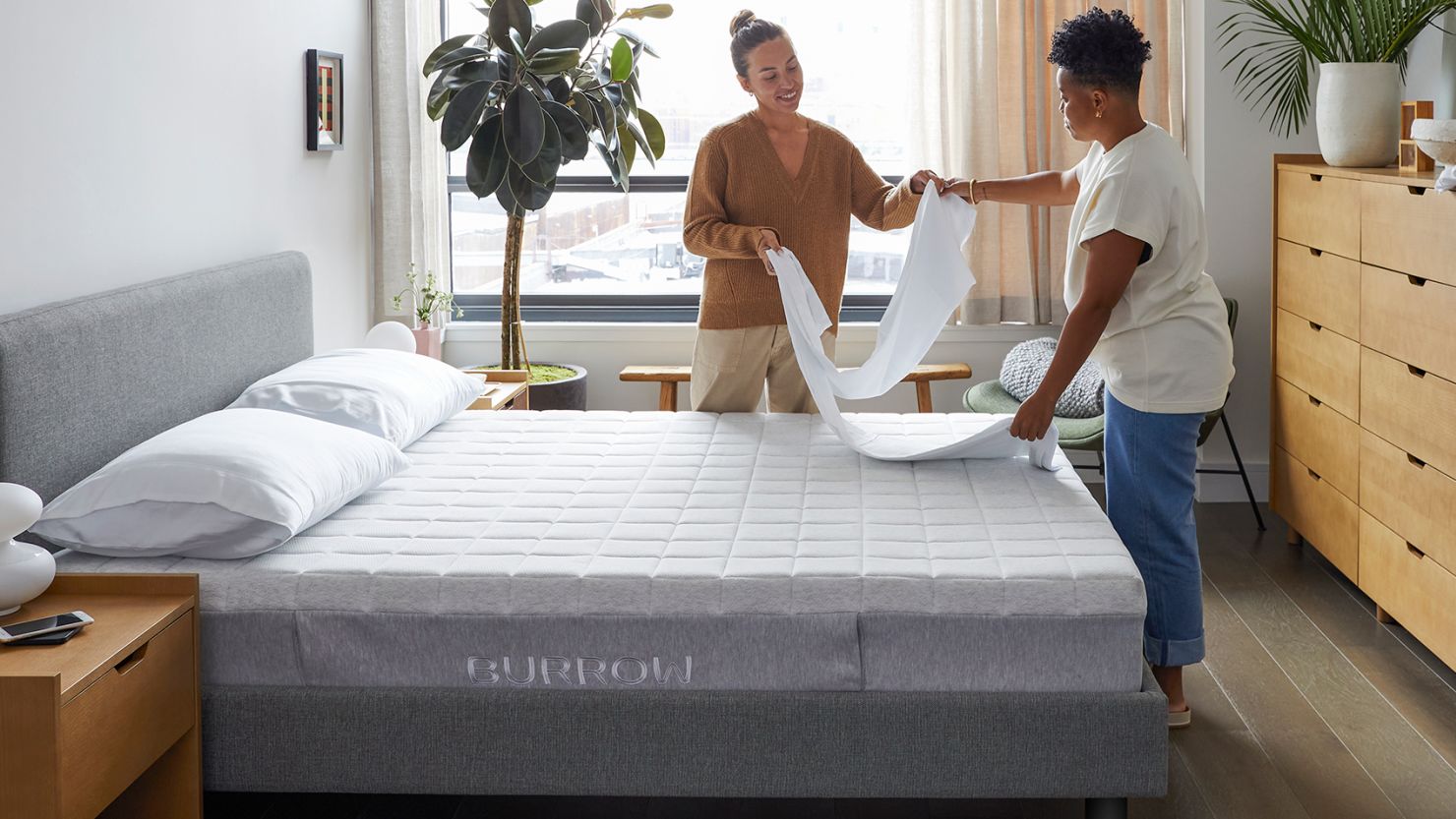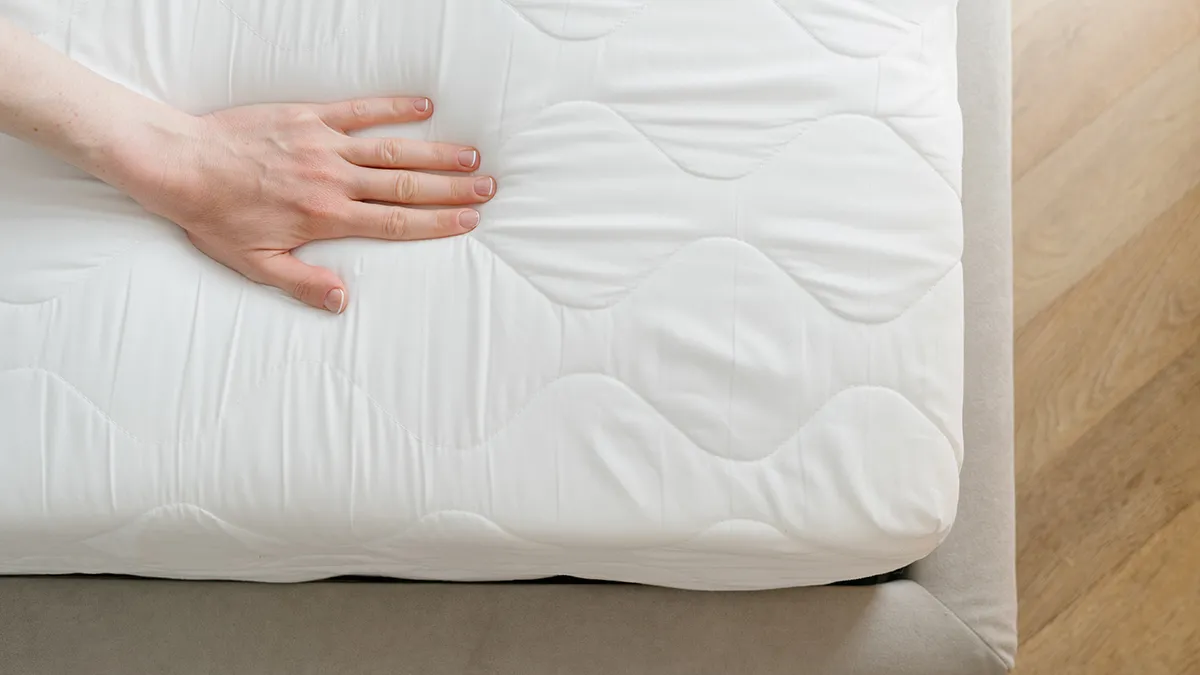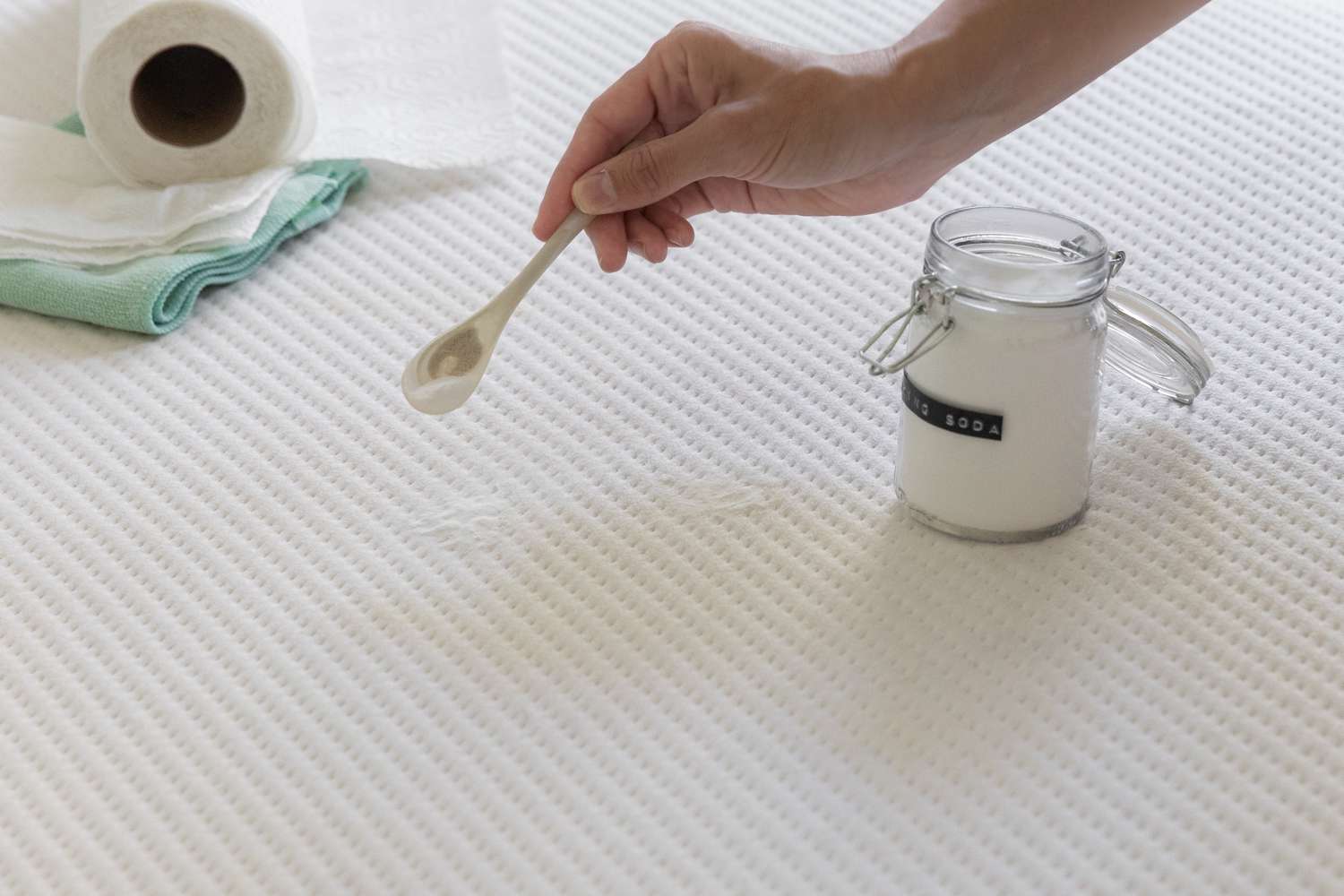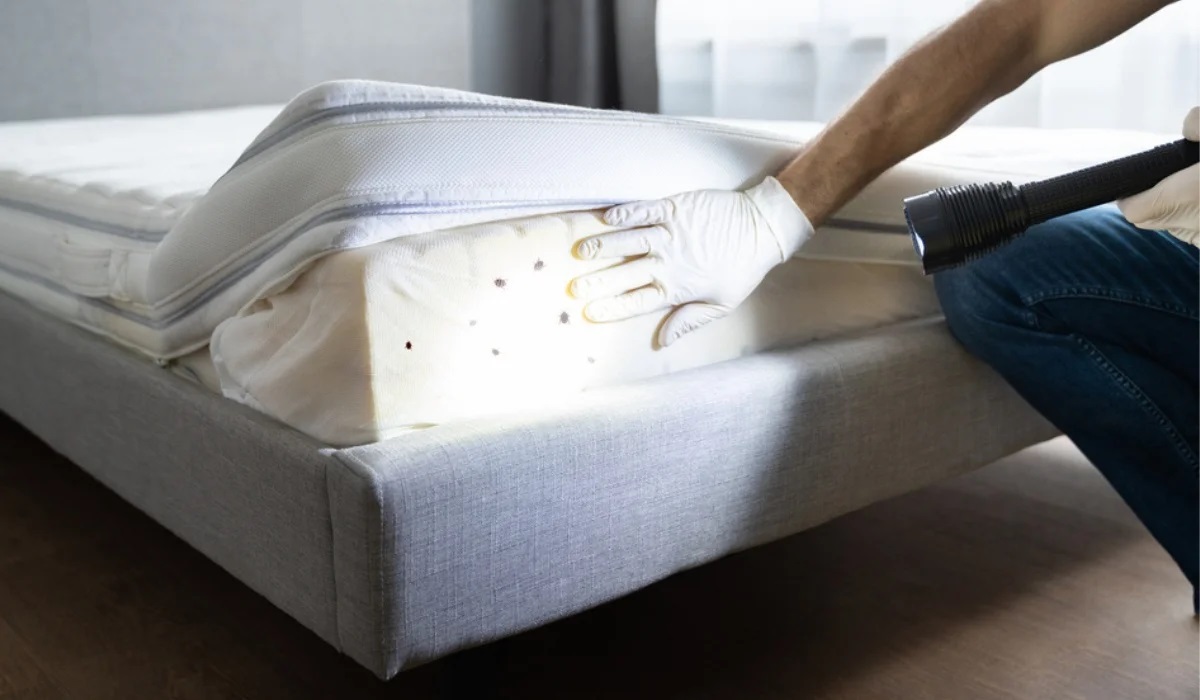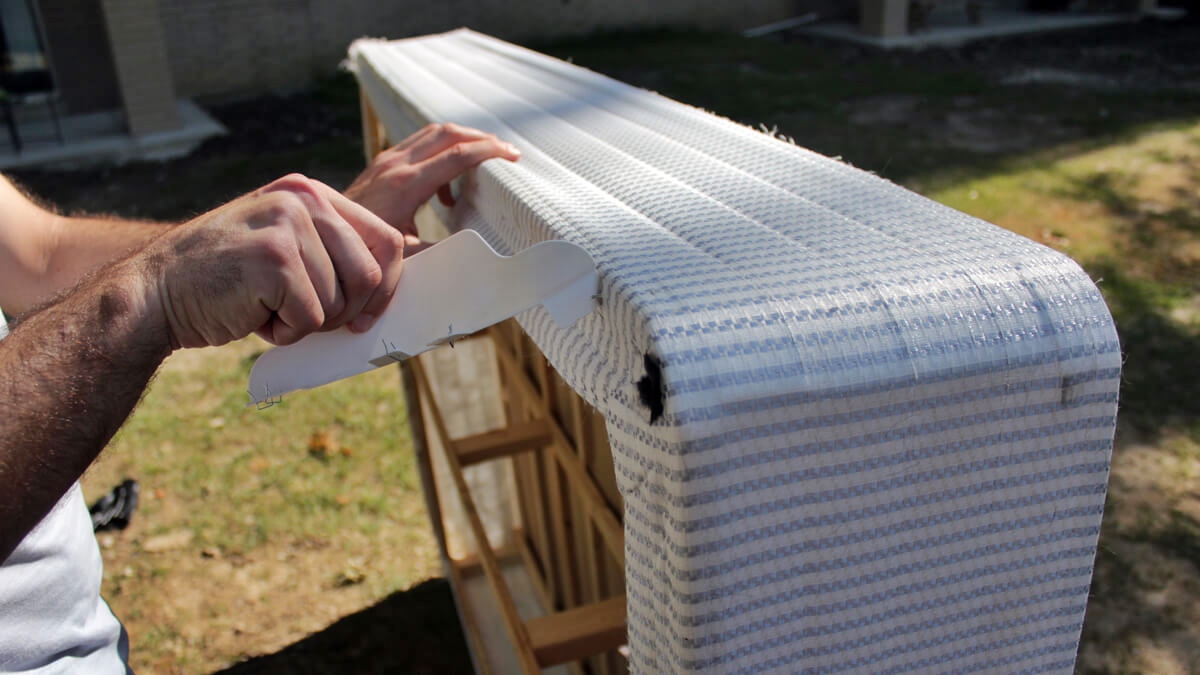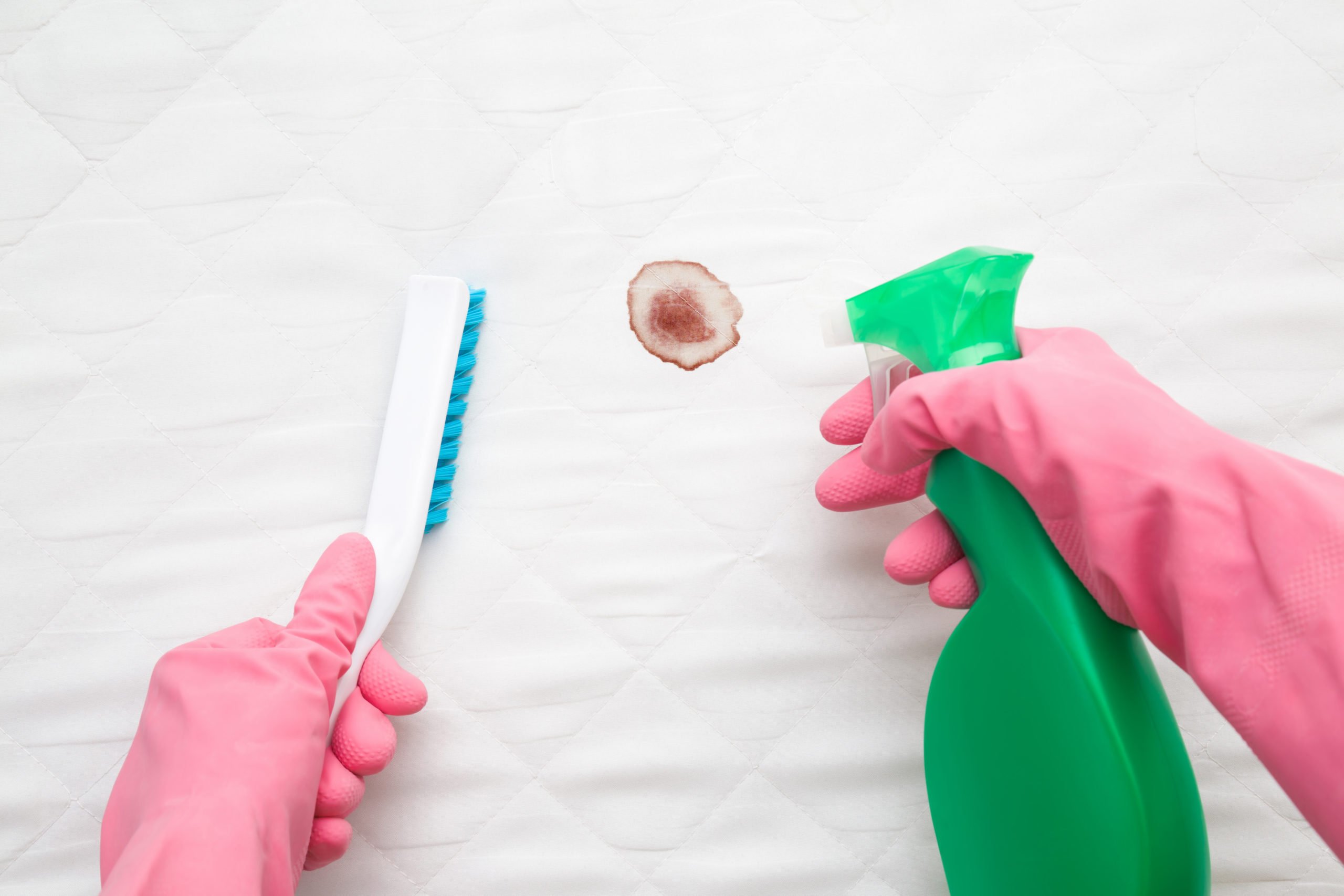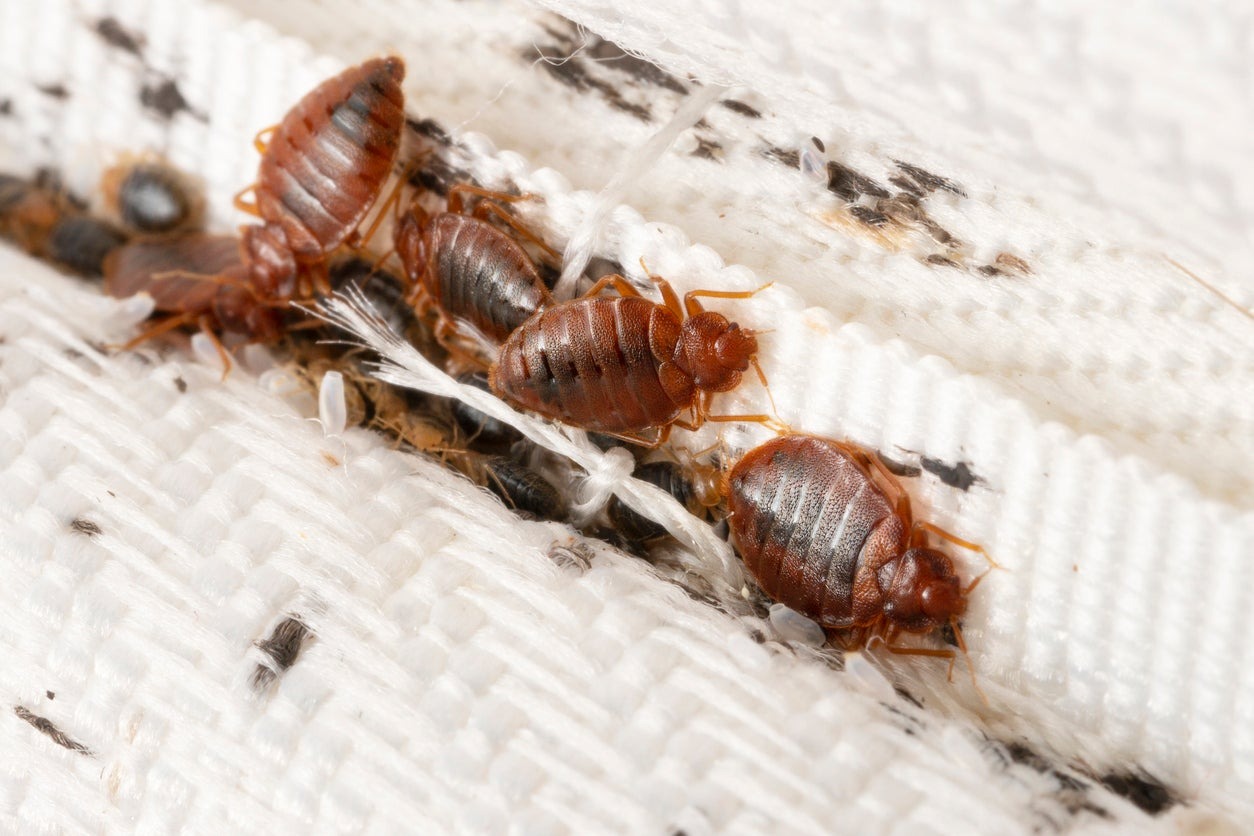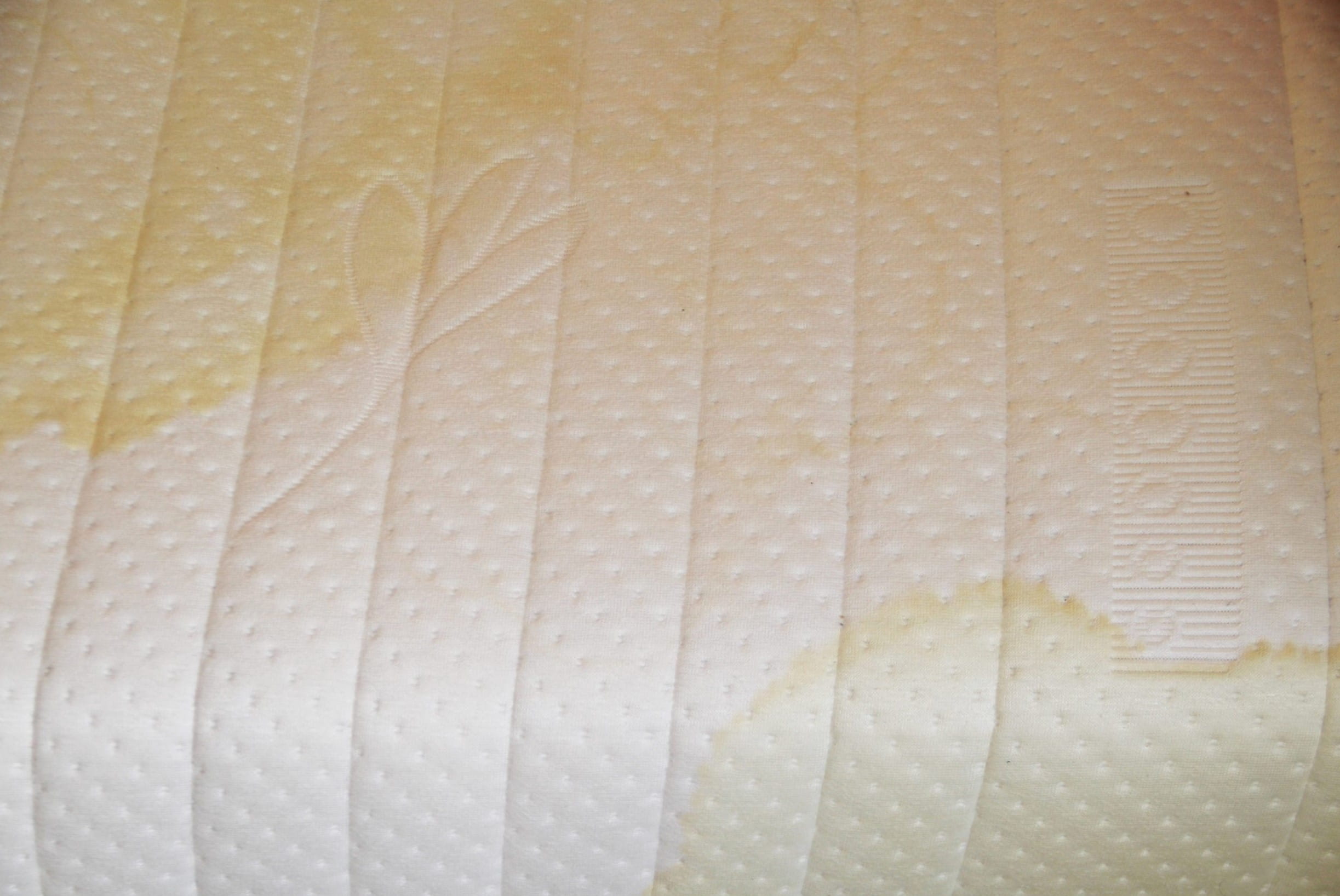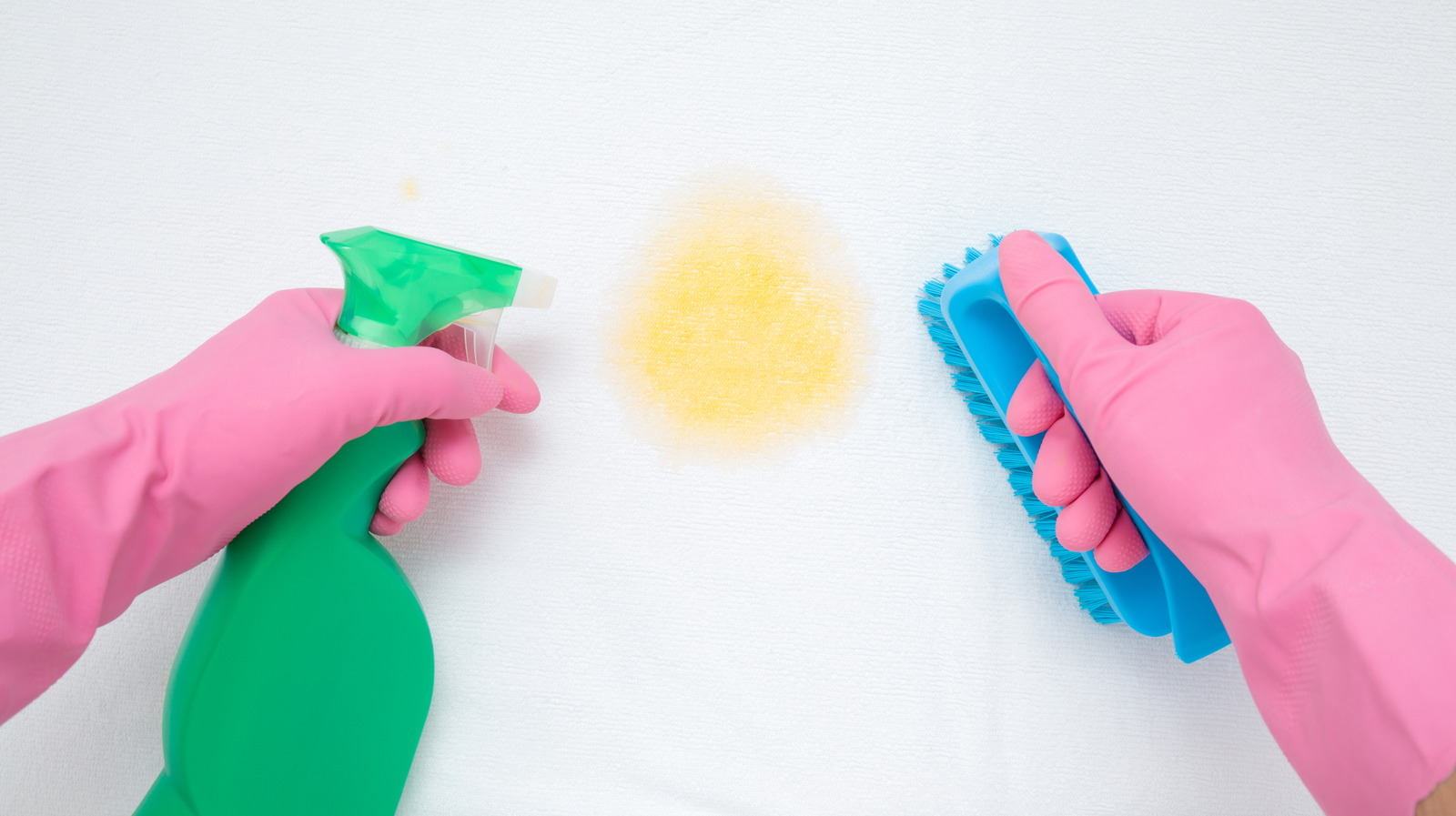Home>Furniture>Bedroom Furniture>How To Get Rid Of A Foam Mattress
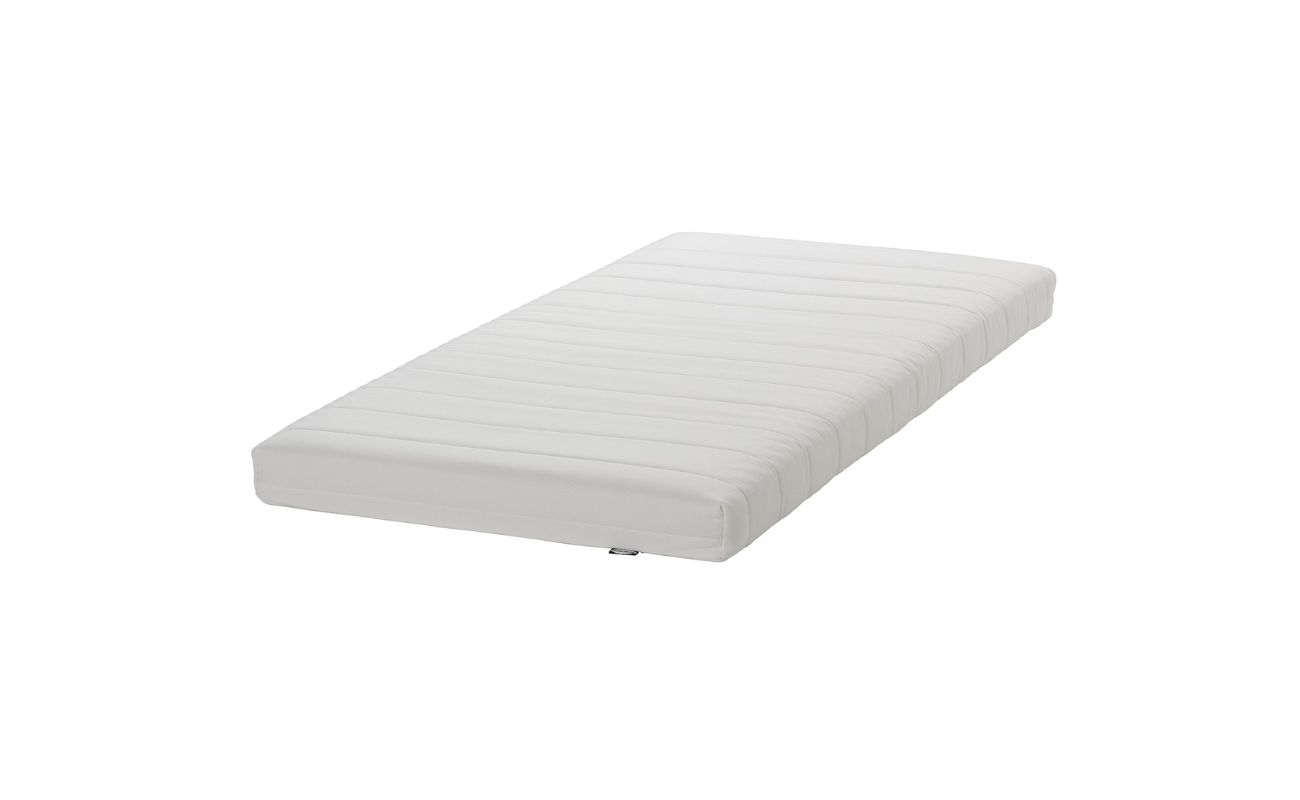

Bedroom Furniture
How To Get Rid Of A Foam Mattress
Modified: October 28, 2024
Looking to replace your foam mattress? Discover effective ways to get rid of your old foam mattress and create more space in your bedroom with our helpful tips and guides.
(Many of the links in this article redirect to a specific reviewed product. Your purchase of these products through affiliate links helps to generate commission for Storables.com, at no extra cost. Learn more)
Introduction
Buying a new mattress is always an exciting experience. However, one inevitable question arises: What should you do with your old foam mattress? Discarding it improperly can harm the environment, so finding the right disposal method is crucial. In this article, we will walk you through the steps to get rid of your foam mattress responsibly.
Before diving into the disposal process, it is essential to evaluate the condition of your foam mattress. Is it still usable? If not, consider donating or recycling it. However, if the mattress is beyond repair or donation, we will explore alternative options, such as repurposing or upcycling.
Remember, it’s not just about getting rid of your mattress; it’s about minimizing waste and being environmentally conscious. So, let’s take a closer look at each step to ensure a responsible and sustainable approach to removing your foam mattress.
Key Takeaways:
- Donating or recycling your old foam mattress can benefit those in need and reduce waste, contributing to a more sustainable future while minimizing environmental impact.
- Repurposing or upcycling your foam mattress into new items not only reduces waste but also allows for creative and unique DIY projects, giving your mattress a second life.
Read more: How To Get Rid Of A Mattress In Chicago
Step 1: Assess the condition of your foam mattress
The first step in getting rid of your foam mattress is to assess its condition. Take a close look at the mattress to determine if it is still usable or if it needs repairs. If your mattress is in good condition and can provide a comfortable sleep surface, consider donating it to someone in need. Many organizations and charities accept gently used mattresses to help those who cannot afford a new one.
However, if your foam mattress is in poor shape, with significant sagging, tears, or stains, it may be time to say goodbye. In such cases, it is important to dispose of the mattress responsibly to minimize environmental impact.
Before proceeding to the next step, ensure that you have gathered all the necessary information about the mattress, such as its size, weight, and any specific guidelines for disposal. Knowing these details will help you choose the appropriate method for getting rid of it.
As we move forward, keep in mind that your goal is to minimize waste and find the most eco-friendly solution. So, let’s explore the various disposal methods available to you.
Step 2: Decide on a disposal method
Once you have assessed the condition of your foam mattress, the next step is to decide on the most appropriate disposal method. There are several options to choose from, each with its own benefits and considerations:
1. Donation: If your foam mattress is still in good condition, consider donating it to a local charity or nonprofit organization. Many shelters, community centers, and organizations for the less fortunate gladly accept clean and gently used mattresses. Make sure to contact the organization beforehand to confirm their acceptance guidelines and to schedule a drop-off.
2. Recycling: Foam mattresses can be recycled, reducing waste and preventing them from ending up in landfills. Check if there are any local recycling centers, waste management facilities, or mattress recycling programs in your area. These facilities will typically dismantle the mattress, separate the foam from other materials, and find ways to repurpose or recycle them.
3. Repurposing or upcycling: If you have a creative streak, you can repurpose or upcycle your foam mattress into something useful. For instance, you can transform it into a pet bed, outdoor cushions, or even DIY home decor. Get creative and explore ideas that suit your needs and skillset.
4. Disposal: If none of the above options are viable, you may need to dispose of your foam mattress. However, simply throwing it in the trash is not the best solution. Foam mattresses take a long time to decompose, and the chemicals in the foam can be harmful to the environment. Check with your local waste management facility or municipality for specific instructions on mattress disposal. They may have special drop-off locations or designated collection days for large items like mattresses.
Remember to prioritize environmentally friendly options when considering how to dispose of your mattress. By choosing a responsible disposal method, you are contributing to the well-being of the planet.
Now that you have a clearer idea of the different disposal methods available, let’s explore the specifics of each option in the following steps.
Step 3: Donate your foam mattress
If your foam mattress is in decent condition and can still provide a comfortable sleeping surface, consider donating it to someone in need. Donating your mattress not only prevents it from going to waste but also helps individuals or families who cannot afford a new one. Here are some steps to follow when donating your foam mattress:
1. Research local charities and non-profit organizations: Start by researching local charities or non-profit organizations that accept mattress donations. Look for organizations that specifically mention accepting foam mattresses, as some may have specific guidelines or preferences.
2. Contact the chosen organization: Once you have identified a potential recipient, reach out to them to confirm if they are accepting mattress donations. Inquire about any specific requirements, such as cleanliness or mattress size limitations. It’s essential to ensure that your mattress meets their criteria to avoid any inconvenience.
3. Schedule a drop-off or pick-up: Arrange a convenient time with the organization to drop off your mattress or schedule a pick-up if they offer that service. If you are opting for a pick-up, make sure to provide accurate information about the mattress’s location in your home or apartment complex.
4. Prepare the mattress for donation: Before donating your foam mattress, it’s important to clean and sanitize it. Remove any bedding, mattress protectors, or covers and check for any stains or spills. If necessary, spot-clean the mattress and allow it to dry completely before donating. A clean and well-maintained mattress is more likely to be accepted by the organization.
5. Follow the organization’s guidelines: Each charity or non-profit organization may have specific guidelines regarding the donation process. It’s important to follow their instructions and be mindful of any restrictions or requirements they may have. This will ensure a smooth and hassle-free donation experience.
Donating your foam mattress not only benefits those in need but also gives you the satisfaction of knowing that you have contributed to a good cause. It’s a win-win situation that helps reduce waste and creates positive social impact. So, explore local organizations, reach out to them, and make a difference by donating your foam mattress.
When getting rid of a foam mattress, consider recycling options first. Many recycling centers accept foam mattresses and can repurpose the materials for other products. This is a more environmentally friendly option than simply throwing it away.
Step 4: Recycle your foam mattress
If your foam mattress is no longer in usable condition and cannot be donated, recycling is an excellent option to prevent it from ending up in the landfill. Recycling foam mattresses helps reduce waste and allows the materials to be repurposed or used for other purposes. Follow these steps to recycle your foam mattress:
1. Research local recycling centers or programs: Start by researching local recycling centers or programs that accept foam mattresses. Contact them to confirm if they accept foam mattresses and inquire about their recycling process. Look for facilities that specialize in mattress recycling, as they will have the expertise and equipment to handle foam mattresses properly.
2. Prepare the mattress for recycling: Before taking your mattress to the recycling center, it’s essential to prepare it properly. Remove any bedding, sheets, or mattress protectors. If the mattress has a cover, check if it can be removed and recycled separately. Some recycling centers may require you to disassemble the mattress, separating the foam from other components, such as the springs or frame.
3. Deliver the mattress to the recycling center: Once your mattress is ready, deliver it to the designated recycling center. If the mattress is too large or heavy, check if the recycling center offers pick-up services. If not, consider renting a truck or hiring a waste removal service to transport the mattress safely. Some recycling centers may have drop-off days or specific hours, so make sure to plan accordingly.
4. Follow the recycling center’s instructions: Each recycling center may have specific guidelines or requirements for dropping off foam mattresses. Follow their instructions carefully to ensure a smooth recycling process. They will likely provide you with information on what happens to the foam mattress after recycling and how the materials are repurposed or used.
By recycling your foam mattress, you are contributing to a circular economy and reducing the environmental impact of waste. The foam materials can be repurposed into new products, such as carpet padding, furniture cushions, or even new mattresses, minimizing the need for raw materials and conserving resources.
Remember to explore local recycling options and choose a reputable recycling center to ensure that your foam mattress is recycled responsibly. Recycling not only benefits the environment but also allows for the creation of new products, closing the loop on material usage.
Read more: How To Get Rid Of Scabies On A Mattress
Step 5: Repurpose or upcycle your foam mattress
If your foam mattress is no longer usable or suitable for donation or recycling, you can consider repurposing or upcycling it into something new and useful. Repurposing your mattress not only gives it a second life but also helps reduce waste and promotes creativity. Here are some ideas to repurpose or upcycle your foam mattress:
1. Create pet beds: Cut the foam into smaller sizes and use them to create comfortable pet beds. Simply cover the foam with a washable fabric, add some padding, and stitch it together. Your furry friends will appreciate their cozy new sleeping spot.
2. Make outdoor cushions: Cut the foam to size and cover it with weather-resistant fabric to create outdoor cushions for your patio furniture. These cushions will provide extra comfort and extend the life of your outdoor seating.
3. DIY home decor: Get creative and repurpose the foam into various decorative items for your home. You can create throw pillows, ottomans, or even wall art. Explore DIY tutorials and design inspiration to find unique ways to incorporate the foam into your home decor.
4. Craft projects: Foam mattresses can be used for various craft projects. Cut out shapes or letters from the foam to make educational toys for children or create custom foam stamps for printing. The options are endless, and your imagination is the limit.
5. Donate to local schools or community centers: Reach out to local schools, community centers, or art programs to see if they would be interested in using your foam mattress for creative projects. Many organizations are open to accepting materials that can be repurposed or utilized in educational or artistic activities.
Remember to consider your own skills, interests, and needs when repurposing or upcycling your foam mattress. Explore different ideas and projects that align with your abilities and preferences. Engaging in DIY projects not only helps reduce waste but also provides a sense of satisfaction and gives you the opportunity to showcase your creativity.
By repurposing or upcycling your foam mattress, you are giving it a new purpose and extending its lifecycle. Instead of contributing to waste, you are transforming it into something valuable and unique. Get inspired, unleash your creativity, and explore the endless possibilities of repurposing your foam mattress.
Step 6: Dispose of your foam mattress responsibly
If none of the previous options are feasible for your foam mattress, you may need to dispose of it. However, it is essential to do so responsibly to minimize the environmental impact. Follow these steps to dispose of your foam mattress responsibly:
1. Check local regulations: Before disposing of your foam mattress, familiarize yourself with your local waste management regulations. Some areas may have specific guidelines or designated disposal methods for bulky items like mattresses. Contact your local municipality or waste management facility to inquire about the proper procedures.
2. Contact waste management or recycling centers: Reach out to waste management or recycling centers in your area to see if they accept foam mattresses. Some facilities may have specific drop-off locations or designated collection days for large items. They may also provide instructions on how to properly prepare and transport the mattress for disposal.
3. Arrange for curbside pickup: In some cases, your local waste management service may offer curbside pickup for large items like mattresses. Contact them to schedule a pickup and follow any guidelines they provide, such as bagging or bundling the mattress securely. Ensure that you place it in a location easily accessible for collection.
4. Hire a waste removal service: If you are unable to transport the mattress to a collection point or if curbside pickup is not available in your area, consider hiring a waste removal service. These services specialize in the disposal of large items and can handle the proper disposal of your foam mattress.
5. Landfill as a last resort: Disposing of your foam mattress in a landfill should be considered as a last resort. Foam mattresses take a long time to decompose, and they can release harmful chemicals into the environment. It is important to explore alternative disposal methods before resorting to landfill disposal.
Remember, the goal is to minimize waste and prioritize eco-friendly options. By disposing of your foam mattress responsibly, you contribute to a cleaner environment and help reduce the strain on landfills.
Dispose of your foam mattress responsibly and seek out options that align with environmentally conscious practices. Taking the extra step to ensure proper disposal shows your commitment to sustainability and sets a positive example for others.
Conclusion
Disposing of your foam mattress responsibly is not only beneficial for the environment but also ensures that you are minimizing waste and contributing to a sustainable future. By following the steps outlined in this guide, you can make an informed decision about the best method for getting rid of your foam mattress.
Remember to assess the condition of your mattress first and explore options like donation or recycling if it is still usable. Donating your mattress can provide comfort to someone in need, while recycling helps reduce waste and repurpose the materials. If these options are not feasible, consider repurposing or upcycling your mattress into something new and useful.
If none of the above options work, disposing of your foam mattress responsibly should be your last resort. Check local regulations, contact waste management or recycling centers, and arrange for proper disposal through curbside pickup or waste removal services. Avoid landfill disposal whenever possible, as it contributes to environmental pollution and waste accumulation.
By following these steps, you can ensure that your foam mattress is handled in an environmentally friendly manner. Remember, even small actions like responsible mattress disposal can have a significant impact on reducing waste and promoting sustainability.
As you embark on the journey of mattress disposal, let this guide be your roadmap to making the right choices. By being mindful of the environmental impact and opting for responsible disposal methods, you are taking an important step towards creating a greener and more sustainable future.
Frequently Asked Questions about How To Get Rid Of A Foam Mattress
Was this page helpful?
At Storables.com, we guarantee accurate and reliable information. Our content, validated by Expert Board Contributors, is crafted following stringent Editorial Policies. We're committed to providing you with well-researched, expert-backed insights for all your informational needs.
